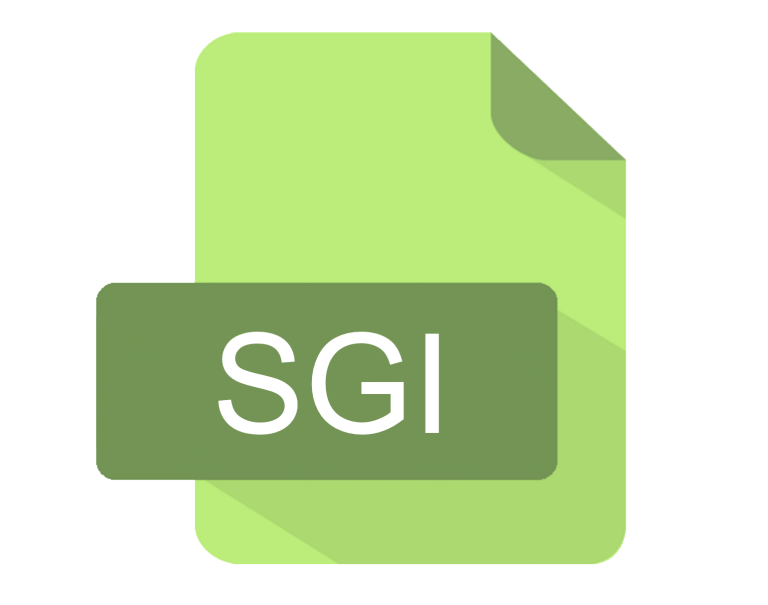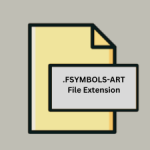.SGI File Extension

Silicon Graphics Image
| Developer | Silicon Graphics |
| Popularity | |
| Category | Raster Image Files |
| Format | .SGI |
| Cross Platform | Update Soon |
What is an SGI file?
SGI files, denoted by the ‘.SGI’ extension, are raster graphics files originally associated with Silicon Graphics workstations.
These files typically store bitmap or raster image data and were prevalent during the era when Silicon Graphics (SGI) computers were widely used in industries such as graphics design, scientific visualization, and computer-aided design (CAD).
More Information.
Initially, ‘.SGI’ files served as the primary format for storing and exchanging high-resolution images in industries where precise visual representation was critical.
They supported various color depths and resolutions, making them versatile for both professional and technical applications.
Origin Of This File.
The SGI file format was developed by Silicon Graphics in the 1980s to support high-quality graphics and image processing tasks on their proprietary hardware and operating systems.
It became popular due to the powerful graphics capabilities of SGI workstations, which were favored in fields requiring intensive visual computing.
File Structure Technical Specification.
SGI files typically consist of a header section followed by image data encoded in raster format. The header contains metadata such as image dimensions, color depth, compression type (if any), and other pertinent details.
The image data itself is often uncompressed or uses lossless compression algorithms like RLE (Run-Length Encoding) to maintain image fidelity.
How to Convert the File?
Converting ‘.SGI files’ to more widely supported formats like JPEG, PNG, or TIFF can be done using specialized software tools. Here’s a basic conversion process:
- Using Image Editing Software: Open the ‘.SGI file’ in software like Adobe Photoshop, GIMP, or IrfanView.
- Export or Save As: Choose a desired format (JPEG, PNG, TIFF) from the export or save options within the software.
- Adjust Settings: Optionally adjust compression levels, resolution, and other settings before saving the converted file.
Advantages And Disadvantages.
Advantages:
- High Quality: Maintains high fidelity in image rendering, crucial for professional graphics work.
- Versatility: Supports various color depths and compression options, accommodating diverse graphic needs.
- Platform Support: Originally developed for SGI systems, but later supported on multiple platforms through software tools and converters.
Disadvantages:
- Proprietary Roots: Historically tied to Silicon Graphics systems, which limited widespread adoption outside specialized industries.
- File Size: Uncompressed ‘.SGI files’ can be large due to their high-quality pixel data, requiring adequate storage and bandwidth for handling.
How to Open SGI?
Open In Windows
- Adobe Photoshop: Open .SGI files directly in Adobe Photoshop, a widely used graphics editing software.
- GIMP: Use GIMP (GNU Image Manipulation Program), a free and open-source alternative to Photoshop, supporting .SGI files.
Open In Linux
- GIMP: GIMP is available for Linux and can open, edit, and convert .SGI files.
- ImageMagick: Use ImageMagick command-line tools for batch processing and converting .SGI files on Linux systems.
Open In MAC
- Preview: MacOS Preview can open .SGI files, providing basic viewing capabilities.
- Adobe Photoshop: Like Windows, Adobe Photoshop for macOS supports .SGI files for editing and conversion.













